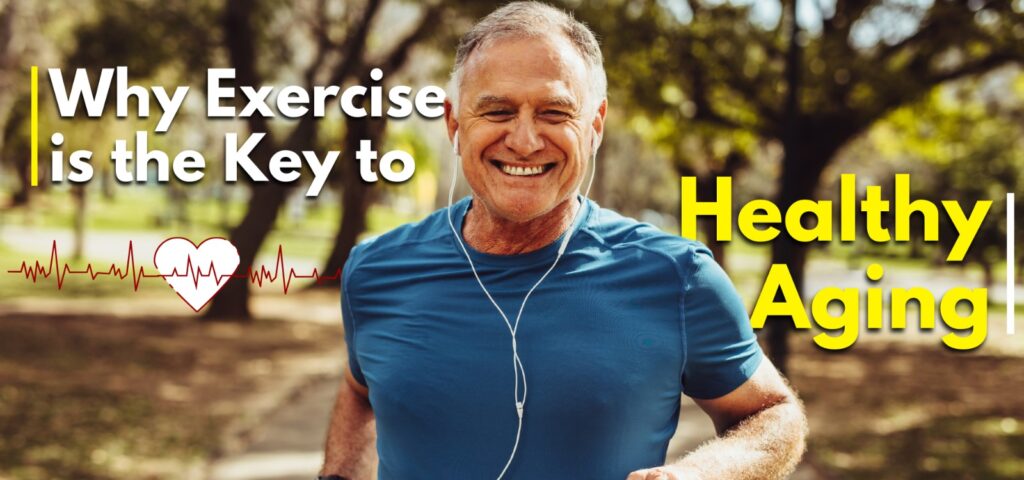Aging is a natural process, but how we age is largely influenced by our lifestyle choices. One of the most effective ways to maintain physical and mental well-being as we grow older is through regular exercise. Engaging in physical activity can significantly enhance the quality of life, increase longevity, and prevent chronic diseases. In this blog, we will explore why exercise in elderly individuals is crucial for maintaining health and wellbeing in late life.
The Benefits of Exercise for the Elderly
1. Enhances Physical Strength and Mobility
As we age, muscle mass naturally declines, leading to reduced strength and mobility. Regular exercise, including resistance training and weight-bearing activities, helps maintain muscle strength, improve balance, and reduce the risk of falls—one of the most common causes of injury in older adults.
2. Improves Heart Health
Cardiovascular diseases are a major concern for the elderly. Activities such as walking, swimming, and cycling help strengthen the heart, lower blood pressure, and improve circulation, reducing the risk of heart attacks and strokes.
3. Boosts Mental Health and Cognitive Function
Exercise has been linked to improved brain function and reduced risk of cognitive decline, including Alzheimer’s and dementia. Regular physical activity increases blood flow to the brain, promotes the release of endorphins, and reduces stress, anxiety, and depression.
4. Helps Manage Chronic Conditions
Chronic conditions like diabetes, osteoporosis, and arthritis become more prevalent in later life. Exercise plays a crucial role in managing these conditions by improving insulin sensitivity, increasing bone density, and reducing joint pain.
5. Enhances Social Wellbeing
Participating in group exercises such as yoga, dance classes, or walking groups helps seniors stay socially connected, which is essential for mental and emotional well-being. A strong social network contributes to overall health and wellbeing in late life.
Best Types of Exercises for the Elderly
- Aerobic Exercises – Walking, swimming, and cycling help improve heart health and endurance.
- Strength Training – Light weightlifting or resistance band exercises maintain muscle mass and bone strength.
- Balance and Flexibility Exercises – Yoga, Tai Chi, and stretching improve mobility and prevent falls.
- Low-Impact Activities – Water aerobics and chair exercises are great for those with mobility issues.
Tips for Safe Exercise in Elderly Individuals
- Start slowly and gradually increase intensity.
- Choose activities that match your fitness level and physical condition.
- Stay hydrated and take rest breaks when needed.
- Consult a doctor before starting a new exercise program.
- Use proper footwear and exercise in safe environments to prevent injuries.
Conclusion
Aging doesn’t mean slowing down—it means adapting and thriving. Regular exercise in elderly individuals is essential for maintaining independence, preventing diseases, and enhancing health and wellbeing in late life. Whether it’s a daily walk, a yoga session, or strength training, staying active is the key to a healthier and happier aging process.

